Turkish startups have rapidly expanded beyond the local market, becoming global players in e-commerce, food delivery, and ultrafast logistics. As these companies scale, the need for precise and culturally aware Turkish to English translation becomes essential—not only for accuracy but for user experience. Apps like Trendyol, Getir, and Yemeksepeti have learned that successful localization isn’t just about translating words; it’s about adapting tone, features, customer expectations, and even humor to fit a global audience. English users have different UX patterns, reading behaviors, and cultural references, which means literal translation alone will never be enough.
This article explores five major lessons from leading Turkish startups as they localize their apps for English-speaking markets. From simplifying Turkish-heavy UI structures to rethinking customer service tone, these companies show how thoughtful localization drives trust and conversion. Whether you’re a product owner, translator, or startup founder, these lessons will give you practical insights into what makes an app feel “native” rather than merely translated. Let’s dive into how Turkish innovation meets global usability.
- Simplifying Turkish-Centric UI Text for Global Clarity
Turkish UI text tends to be longer due to agglutination and verb-final grammar, making screens appear dense when translated literally. Trendyol’s English localization trims sentences, removes unnecessary modifiers, and turns heavy instructions into short action-based phrases like “Add to cart,” “Track order,” or “Apply promo.”
This simplification improves readability, especially for users who skim rather than read deeply. Translators must prioritize clarity and action, not direct equivalence.
- Localizing Customer Service Tone from Formal to Friendly
Turkish customer service tends to be polite, formal, and structured. English-speaking users prefer shorter, friendlier, more human responses. Getir’s English support uses casual wording like “We’ll sort this out for you” rather than the Turkish equivalent, which sounds more formal and distant.
This shift improves trust and emotional connection—critical factors in fast-delivery and food-ordering apps where service interactions happen frequently and often under stress.
- Rethinking Feature Descriptions for Cultural Relevance
Features that are obvious to Turkish users may feel unfamiliar to English audiences. Yemeksepeti, for instance, offers payment-on-delivery options that are common in Turkey but rare elsewhere. When localizing, they must explain features more clearly or hide region-specific ones altogether.
Effective localization requires adapting—not just translating—UI elements, tooltips, and onboarding flows so users don’t feel confused or overwhelmed.
- Adjusting Humor and Tone to Fit Global Branding
Turkish humor tends to rely on exaggeration and playful idioms, which rarely survive translation. Getir’s English marketing campaigns shift towards light, witty, relatable humor rather than direct equivalents of Turkish jokes.
This ensures the brand feels confident and modern rather than confusing. Humor localization is often one of the hardest areas, and Turkish startups excel by choosing tone that resonates across cultures without losing personality.
- Ensuring Consistent Terminology Across All Platforms
Apps like Trendyol manage thousands of product categories and logistics terms. Without strict terminology guidelines, translations can become inconsistent: “delivery cost,” “shipping fee,” and “courier fee” may appear interchangeably.
To avoid confusion, these startups create English terminology databases to standardize all UI labels, push notifications, support messages, and emails. Consistency builds user trust—especially in e-commerce platforms handling payments and orders.
Conclusion
Turkish startups like Trendyol, Getir, and Yemeksepeti demonstrate how powerful localization can be when done with intentionality and cultural understanding. Their success abroad proves that simply translating Turkish text into English isn’t enough; every aspect of the user experience must feel native, coherent, and emotionally intuitive. From simplifying dense UI structures to reshaping customer service tone, these companies invest heavily in clarity, warmth, and consistency.
For anyone working in tech, these lessons highlight the importance of culturally aware localization strategies. Whether you’re expanding your own app or translating for global clients, remember that English-speaking users expect speed, transparency, and friendliness. Apply the principles used by Turkey’s top startups—shorter UI text, consistent terminology, adapted humor, and culturally thoughtful feature explanations—and your product will have a better chance of thriving internationally. Localization is more than translation; it’s the bridge between product vision and worldwide adoption.
FAQs
- Why do Turkish apps simplify text when translating to English?
Because English readers prefer shorter, clearer instructions that support faster navigation. - How do tone differences affect localization?
English markets prefer friendly and concise communication, while Turkish tone is more formal. - Do all Turkish app features work globally?
Not always—some require explanation or removal to fit local expectations. - What role does humor play in localization?
Humor must be culturally relevant to avoid confusion and strengthen brand identity. - Why is terminology consistency important?
It improves user trust and prevents misunderstandings across different app sections.


